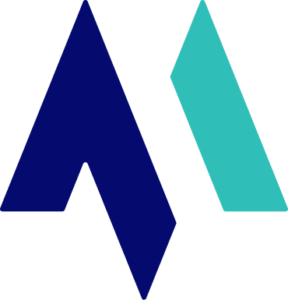
Detoxification, or detox, is one of the first steps you’ll need to take when you’re ready to recover from addiction challenges. During detox programs, you help your body to remove all of the addictive substances you’ve consumed. Quickly eliminating substances that the body has grown accustomed to can be challenging, frustrating, and sometimes, dangerous. As the body works to restabilize itself, symptoms of withdrawal can occur. These symptoms, depending on the type of drug you used and how long you used it, can be mild or very severe.
The detox process can also affect vital functions such as your heart rate, blood pressure, breathing, and oxygen levels. The good news is that professional detox programs can help you safely rid your body of drugs, manage symptoms of withdrawal, and prepare yourself for addiction treatment.
But if you’ve never participated in detox before, you may not be completely sure how the process works.
Most detox programs work by:
Generally, the team responsible for your detox program will want to evaluate your current physical and mental health. This medical assessment will provide the team with an accurate understanding of your individual needs. During the evaluation, a medical team will gather information about your physical and psychological health. They will typically ask you questions about your medical history and emotional health. You should also expect to answer questions about your substance use habits. For example, they may want to know:
In addition, most detox teams will perform a blood test and check your heart rate, blood pressure, and breathing to determine your current health. Once gathered, they’ll use this information to develop a personalized detox plan for you. This plan generally includes:
Once they have fully developed a detox plan, it’s time to stabilize the brain and body.
Whether you use drugs or alcohol, misusing addictive substances can lead to physical and psychological dependence. When this happens, your brain and body have become so accustomed to the addictive substance that you need a constant supply in order to feel and function normally. When you quit using drugs or alcohol or reduce the amount you consume, the brain and body react negatively, triggering symptoms of withdrawal. The specific symptoms you experience generally depend on the kind of substance that has been in your system, but common symptoms of withdrawal can include:
Stabilization helps the brain and body relearn how to function without drugs or alcohol. Retraining the brain can take some time and effort, but medication and psychological therapy can help speed up and ease the process.
There are a number of safe, FDA-approved medications doctors can prescribe to prevent, ease, and reduce withdrawal symptoms, but some of the most common include:
After the brain has been stabilized, the next step in detoxification is preparing for treatment.
Although beneficial and necessary, detox doesn’t actually treat addiction challenges. But detox programs can help prepare you for addiction treatment. Since the detox team has your medical and substance abuse history as well as an in-depth understanding of your mental health, they can help you transition into addiction treatment.
Since the brain can take quite a bit of time to establish new habits and neural connections, the National Institute on Drug Abuse (NIDA) recommends remaining in addiction treatment for 90 days or longer. This amount of time gives the brain ample opportunity to restore its chemical balance, allowing your mind to change for the better. Research specifically shows that behavioral therapies can help strengthen brain connections and improve brain functionality. Cognitive behavioral therapy (CBT), for example, can strengthen brain connections by helping you create healthier responses to stress and teaching you how to reframe negative thoughts and emotions.
Depending on the results of your evaluation and your specific needs, you might begin behavioral therapy as a part of your detoxification process. If that’s not the case, you may learn coping techniques from different types of behavioral therapies that’ll help transition you into an addiction treatment program.
Here at Meta Addiction Treatment, our mission is to empower you to take charge of your recovery. Detoxification isn’t an easy process, but ridding your body of addictive substances is a necessary step toward sobriety. Our flexible, outpatient treatment programs can help you take charge of your recovery after detoxification. Don’t let addiction continue to control your life. Contact us today if you’re ready to begin or continue your recovery journey.